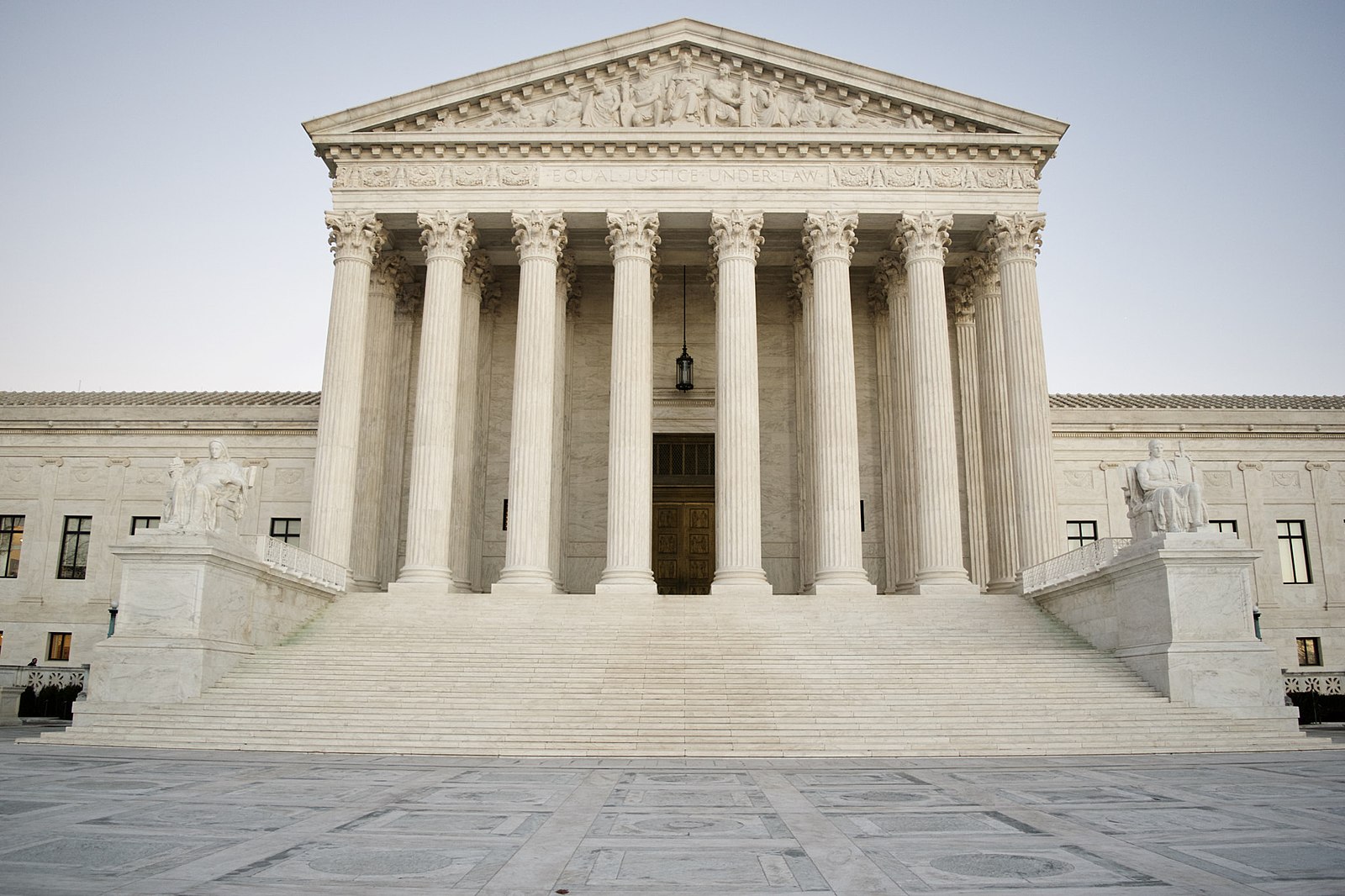Court faces dispute over insurer’s rights in asbestos bankruptcy plan


As a specific legal question, Tuesday’s bankruptcy case is simple, almost trivial: whether the Bankruptcy Code provisions that permit any “party in interest” to “be heard on any issue” in a Chapter 11 proceeding extend to an insurance company obligated on the claims against an asbestos company during the latter’s reorganization. That is something of a micro-level “dictionary” question (“Who is a ‘party'”?). At a broader level, the case is about asbestos fraud – the insurance company, Truck Insurance Exchange, claims that rampant fraud by claimants in asbestos bankruptcies allows them to “double dip,” pointing to asbestos-related illness to justify recovering for the same injuries in multiple bankruptcies without disclosing the parallel and duplicative claims.
In this case, Truck Insurance Exchange wants to object to the plan proposed by the bankrupt asbestos company Kaiser Gypsum because the plan does not require the disclosure of parallel claims to other asbestos manufacturers that would allow the insurer to make sure the claims it must pay are not fraudulent. To be clear, the issue in the case is not whether the plan has to include those requirements. The issue is whether the insurer can even put the question to the court for consideration. As the insurer points out, the debtor and the claimants have no interest in the problem – the debtor does not care if the insurer must pay unfounded claims, and the claimants stand to benefit if they can receive multiple (fraudulent) recoveries. Notably, the debtor’s proposed plan does include those disclosure rules for the portion of the claims covered by the debtor, such as the deductible.
The insurer’s argument is simple, relying directly on the statute’s reference to a “party in interest.” The statute does not define the term directly, though it does specify that it includes “the debtor, the trustee, a creditors’ committee, [and] a creditor.” For the insurer, the best approach is to look to dictionary definitions – which would reach any entity “concerned or affected” by the decision – or to the court’s prior holding that older statutes using the phrase apply whenever the proceeding “may directly and adversely affect the complainant’s welfare.” Because the disclosure requirements in the plan directly affect the likelihood that the insurer will be forced to pay fraudulent claims, it contends that those definitions bring it well within the statute’s range. Separately, the insurer points out that it is a creditor of the debtor because it is a party to contracts with the debtor – its insurance contracts. Because the statutory definition explicitly includes all “creditor[s],” the insurer offers that as a second reason for recognizing it as a party in interest.
The asbestos claimants and Kaiser Gypsum itself (the debtor) filed separate briefs supporting the exclusion of the insurer from the process, but they both make much the same argument. In substance, they argue that the insurer is not a party in interest because the plan alters none of its pre-petition rights or obligations. The proposed plan does not change any of the rights that the insurer had before bankruptcy; it leaves the insurer exactly where it would have been had there been no bankruptcy at all. They argue that a plan that makes no change from the “status quo ante” can not make the insurer a party in interest, even if the insurer would prefer a different plan that did change its status. Nor does the existence of contracts between Kaiser and the insurer make it a party in interest, they say, because Kaiser is paying all of the deductibles owed to the insurer under those contracts.
My strong sense is that the justices will view this as a simple case, for which they will pick one of the two ways of looking at it. Starting from the outside, my guess is that the insurance company has much the better of it because it has a readily understood objection to the plan, founded directly on an expected monetary loss. And it certainly doesn’t hurt that the debtor’s plan borders on corruption in its facilitation of questionable claims.
Having said that, some justices well might be attracted to the idea that the insurer has no standing to interfere in a bankruptcy that leaves it precisely where it was before the filing, envisioning a bankruptcy system designed for the most part to leave state-law entitlements where it finds them.
Posted in Merits Cases
Cases: Truck Insurance Exchange v. Kaiser Gypsum Company, Inc.
